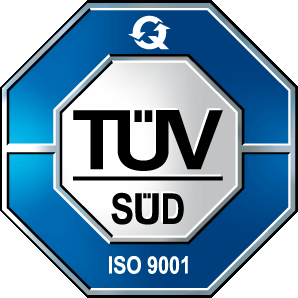Deep-drawing tools are designed in classic CAD systems, such as CATIA or Siemens Nx. These systems are characterized by a wealth of basic geometric functions with which the user builds up his tool geometry piece by piece from individual surfaces. The sheet metal forming process is then checked for rips and wrinkles using deep-drawing simulation, and this is usually followed by various modification loops until the component is finally guaranteed to be perfectly manufacturable. This design method is very time-consuming, as all surfaces have to be created and corrected manually one by one.
In the years 1998 – 2001, inpro developed a tool modeling system with which the typical deep-drawing tool components such as sheet metal holder or anvil construction are partially automatically generated as a “whole”. For the industrialization of this software prototype, a cooperation with the French software manufacturer ESI was started in 2001. The software was initially integrated into the ESI framework PAM-STAMP-2G. In 2007 the development of PAM-DIEMAKER for CATIA V5 started. Today, this software version is used by many OEMs and suppliers worldwide.
In contrast to conventional CAD tool design, the user is guided in DIEMAKER via a user interface specially adapted to the task. This includes the possibility to prepare the part, to define the drawing direction and to design the sheet metal holder. Intelligent methods, optimization algorithms and numerous analysis tools ensure fast and flexible generation of the individual tool structures (features). Embedded in the CATIA design system, DIEMAKER and CATIA features can be flexibly combined. The generated model is transferred to the simulation system PAM-STAMP via a fast and user-friendly export. The great user benefit of DIEMAKER compared to conventional CAD design is the significantly faster implementation of the tool model construction and all subsequent modification loops.
“The program fits well into existing structures and processes because of its flexibility. The milling type tool is perfectly adequate. Programming in TEBIS did not cause any problems. The offset surfaces
could be processed directly in TEBIS without any problems.”
Uwe Fischer, Mercedes-Benz Cars Development
“PAM-DIEMAKER for CATIA V5 has become the most important tool in the past two years. The ‘forming needs-based features’ provide a significant acceleration of drawing system creation compared to working with pure CATIA functionalities.”


 inpro
inpro